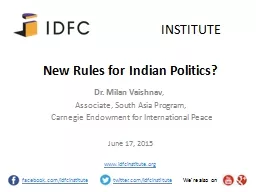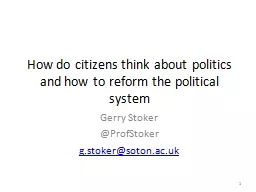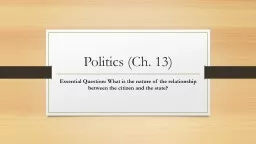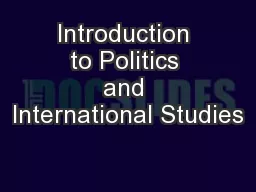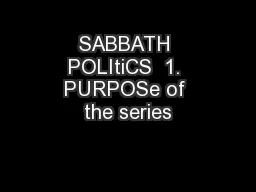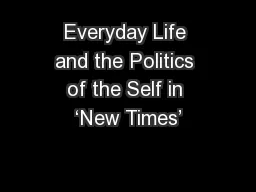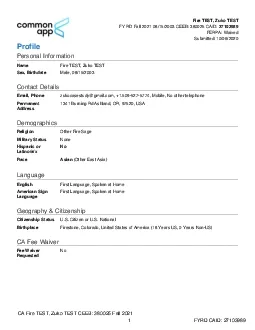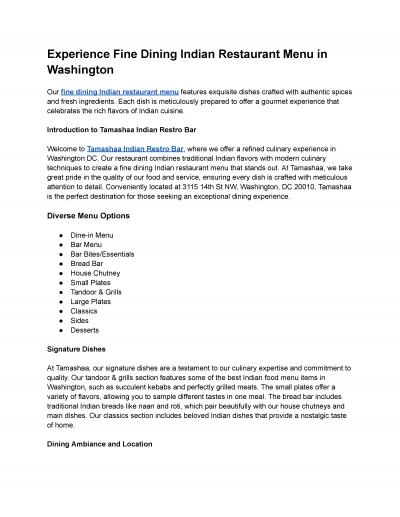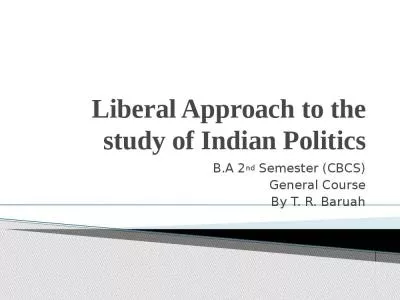PPT-New Rules for Indian Politics?
Author : sherrill-nordquist | Published Date : 2016-12-03
June 17 2015 INSTITUTE facebookcom idfcinstitute twittercom idfcinstitute Were also on Dr Milan Vaishnav Associate South Asia Program Carnegie Endowment
Presentation Embed Code
Download Presentation
Download Presentation The PPT/PDF document "New Rules for Indian Politics?" is the property of its rightful owner. Permission is granted to download and print the materials on this website for personal, non-commercial use only, and to display it on your personal computer provided you do not modify the materials and that you retain all copyright notices contained in the materials. By downloading content from our website, you accept the terms of this agreement.
New Rules for Indian Politics?: Transcript
Download Rules Of Document
"New Rules for Indian Politics?"The content belongs to its owner. You may download and print it for personal use, without modification, and keep all copyright notices. By downloading, you agree to these terms.
Related Documents

